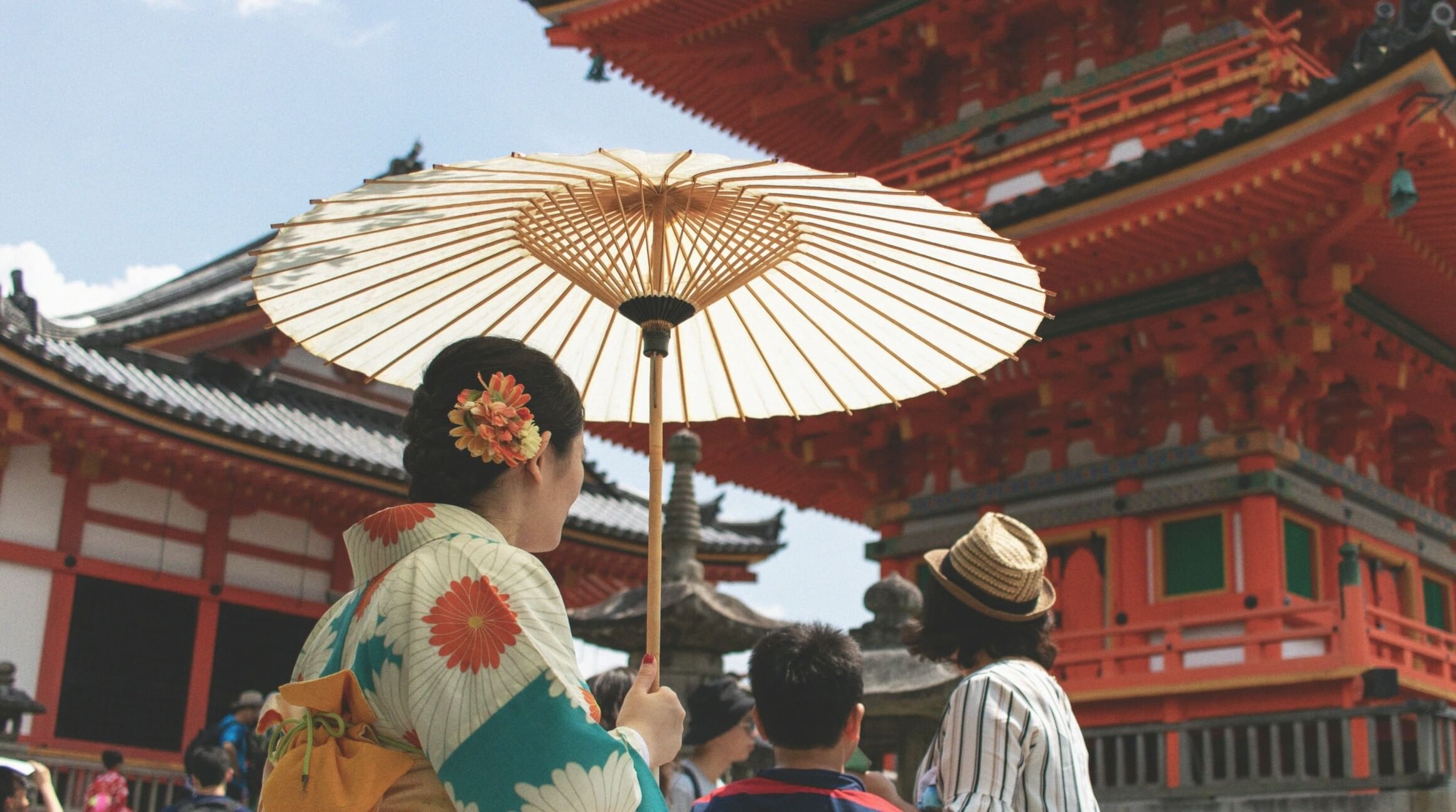
Yes, Indian passport holders must apply for a short-stay visa before travelling to Japan.
This can be done either through the eVISA system available in India or by filing a paper application at the correct VFS Japan centre.
Planning a visa for Japan from India can feel like a maze, so here’s your friendly map from someone who lives on the road and has wrestled with consulates before.
In this guide, you’ll get a clear answer on:
- Key differences between various Japan visas and their requirements
- Step-by-step differences in the application process via VFS Japan
- Required documents for a Japan tourist visa
- How to use the Japan VFS visa tracking tool
- Visa processing time
- Various visa fees
Before you fly, I’ll show you how to breeze through arrival formalities and why using an eSIM in Japan matters for real-time updates, so you are never stuck hunting for Wi Fi when you travel.
Let’s delve in, shall we?
Japan Visa Types
Tourist (Short-Stay)

Source: Unsplash
You’ll apply for a short-stay visa if you are sightseeing or visiting friends or relatives, and it typically covers stays of up to 90 days with a single entry unless you later qualify for a multiple-entry visa.
In India, applications are submitted via VFS, and many travellers now receive an electronic visa as Japan’s eVISA system has been rolled out nationally, which makes check-in and border control smoother when your documents match the photo and itinerary you submitted.
Expect to show a valid passport, a compliant 45×35 mm photo, a simple plan for your days, return flights and proof of funds, and give it at least a working week outside peak seasons.
Business (Short-Stay)

Source: Unsplash
If you are heading for meetings, conferences or after-sales visits, the file looks like a tourist submission with sharper proof of purpose added on top.
You strengthen the case with an employer letter, meeting invites, or a travel order, a clean schedule, and financials, which together show that your trip is short, justified, and that you will exit on time as a temporary visitor.
Transit

Source: Unsplash
You usually do not need a transit visa if you remain airside with a confirmed onward ticket and do not pass immigration, which is common on same-terminal connections.
The picture changes if you must switch airports, reclaim bags, or leave the sterile area during a long layover, so confirm the exact routing with your airline and the airport in advance to avoid last-minute surprises.
Multiple-Entry Options
Multiple-entry short-stay visas are generally offered to travellers who can demonstrate frequent, compliant visits and stable means, often aligned with business activity or clear tourism patterns.
When granted, they allow repeated trips within the visa’s overall validity while keeping each stay within the usual temporary-visitor limits, which saves you from reapplying each time you plan another hop to Japan.
Eligibility for a Multiple-Entry Visa
- Travel History: Applicants with a record of travelling to Japan at least twice in the last three years or once in the previous three years, along with travel to other G7 countries, are often eligible.
- Financial Capacity: Individuals with sufficient financial resources to cover their expenses in Japan.
- Family Ties: Spouses or children of individuals with a Japanese employment visa.
What is VFS Japan?
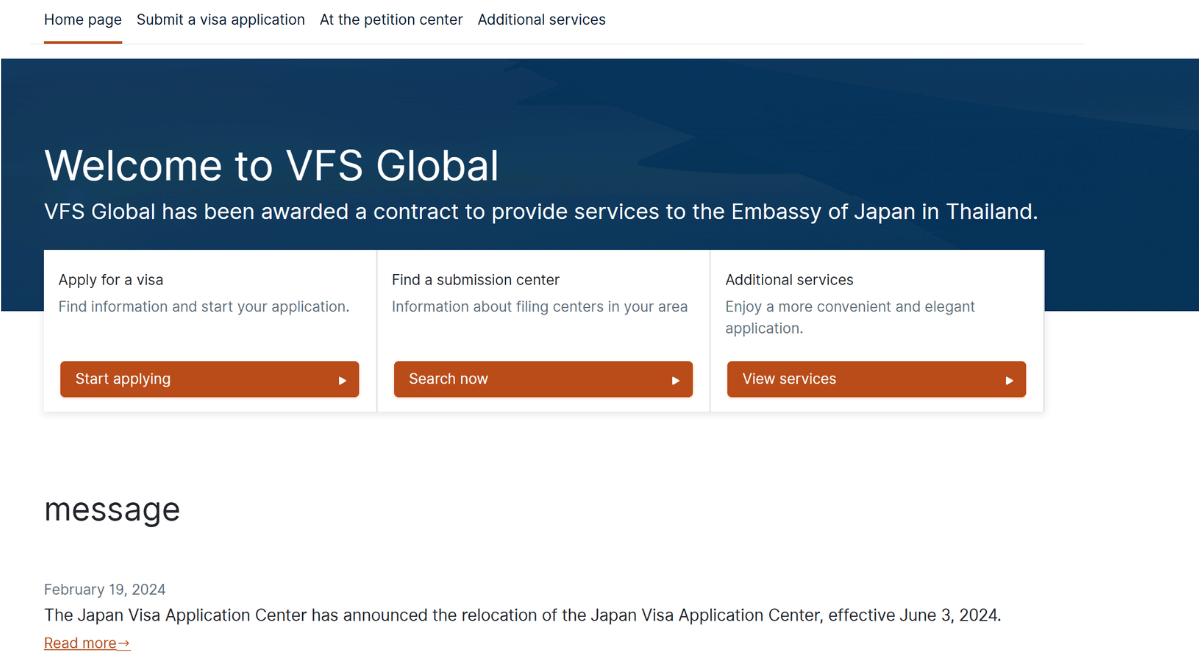
VFS Japan is the official visa application partner that collects your documents for the Embassy or Consulate of Japan.
It runs the centres where you book appointments, submit your paper file, provide photos or biometrics if required, pay service charges, and use online tracking.
VFS does intake and logistics while the visa decision stays with the mission.
For Indian travellers, this matters because most applications must go through VFS in the correct jurisdiction.
This means using the right centre, clean paperwork, and VFS Japan visa tracking to follow your case end-to-end.
VFS Visa Tracking
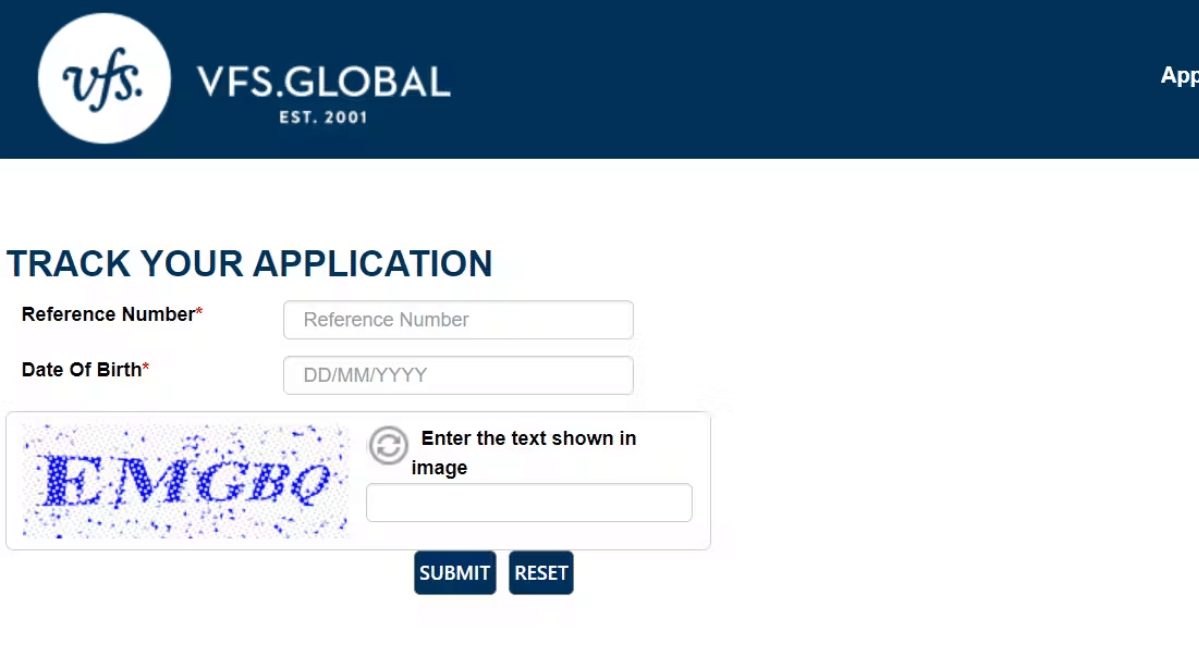
You’ll track your file on the VFS Japan portal using the application reference and your date of birth, and you’ll see statuses such as 'Received', 'Under process', 'Processed', 'Ready for collection', or 'On hold'.
If the status does not refresh after a day or two, first recheck your reference number. Then, scan your email and SMS for any document requests.
Finally, contact the correct VFS centre for your jurisdiction to confirm whether the mission requires further information.
Processing Time
The processing time for a Japan visa for Indian applicants is typically around 5 to 10 working days.
Still, it can vary significantly due to factors such as application volume, the completeness of documents, and the specific jurisdiction.
The final decision rests with the embassy or consulate, so plan generous buffers and keep your paperwork concise: apply under the correct jurisdiction.

Ensure your name and passport details match across every document, and present a realistic itinerary with sufficient funds to minimise extra verification.
Visa Application Fees
If you are filing in India, expect two parts to the cost: the official Japan visa fee and the VFS service charge.
For Indian nationals, the current visa fees are ₹450 for single-entry, ₹450 for multiple-entry, and ₹50 for transit.
In contrast, most other nationalities applying in India pay ₹1,650, ₹3,350, and ₹400, respectively.
You then add a VFS service charge of ₹800 per application, with optional extras such as courier return at approximately ₹550, SMS updates, or in-centre photocopying if desired.
Fees are typically revised around 1 April each year and are usually non-refundable once processing begins.
Therefore, please submit only when your documents are complete and your travel dates are confirmed.
Required Documents
Tourist
You’ll need a passport with enough validity for your trip, a correctly sized 45×35 mm photo, and a completed application form that matches your passport details.
Pair that with a round-trip flight plan, proof of funds such as recent bank statements, and accommodation confirmations, and you cover the essentials most Japanese missions look for.
I also recommend a simple, believable day-by-day outline so the officer can see where you intend to be and how you’ll pay for it, which keeps the process clean and avoids avoidable queries.
Business
For short business trips, you prepare the same core file as a tourist, but add purpose evidence that answers the questions of who, what, where, and why.
A company letter on official letterhead, a clear meeting or conference schedule, and an invitation or confirmation from the host in Japan demonstrate that the visit is legitimate and time-bound.
Back that up with proof of employment, recent bank statements or salary slips, and a sensible itinerary, and you demonstrate both the capacity to fund the trip and the intent to return once your meetings are wrapped up.
Transit
If you need a transit visa, you’ll bring a valid passport, a 45×35 mm photo, the completed form, and a confirmed onward ticket, plus a visa for your next destination if that country requires one.
If you exit the transit area or change airports, add proof of funds that comfortably covers the layover, which in practice means at least ₹ 6,000 to 10,000 per planned day on the ground and a small buffer for transfers.
If you stay airside with a same-terminal connection and do not clear immigration, a visa is often unnecessary, but you should still check your exact routing with the airline before you apply.
Multiple Entry
For a multiple-entry short-stay visa, you submit the usual tourist or business file and then show a credible pattern of repeat travel with stable finances and purpose.
Applicants who present the last six months of bank statements with an average balance of ₹ 200,000 to 300,000, plus recent salary slips or business income proofs, set a strong baseline for affordability across several trips.
Tie that to past compliant visits, clear itineraries or recurring invitations, and consistent details across your passport, photo, bookings and letters, and you give the mission confidence that you can fund frequent travel and will exit on time each visit.
Validity & Stay Rules
Your Japan visa has a validity period. This is the window when you may enter. Your permitted stay is separate.
This is the number of days you can remain per visit. For short-term tourism or business, the duration is typically up to 90 days.
A multiple-entry visa allows you to re-enter while the visa is still valid. Each stay must adhere to the limit specified in your landing permission. Do not overstay. Penalties include fines. Detention is possible.
Removal is possible, but future applications may become harder.
If your plans change, do adjust your flights early. Keep evidence of compliance. Reapply later with a clean file and a clear itinerary.
Jurisdictions & Where to Submit
Embassy or Consulate Coverage
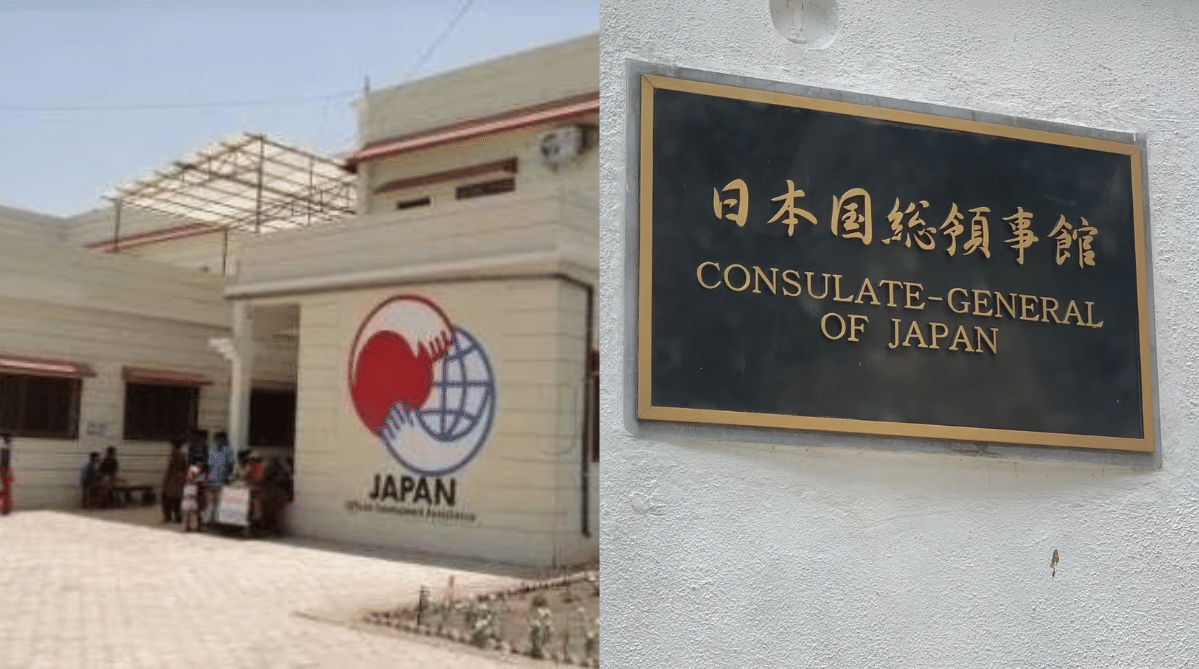
Source: Consulate-General of Japan in Mumbai
You should file at the VFS centre tied to your state and its supervising mission.
Typically, this is the Embassy of Japan in New Delhi for many northern and eastern states, and the Consulate-General of Japan in Mumbai for much of the west and parts of central India.
Jurisdiction matters because the wrong centre can refuse intake or push your timeline.
Check the VFS India page for the latest state-by-state allocation, match it with the mission’s site, and only then book your slot.
Direct Submissions (Special Cases)
Most applicants submit their applications through VFS, but a mission may invite you to lodge them directly for specific categories or exceptional circumstances.
If you think you are an exception, verify the instructions in writing and confirm the exact counter, time window, and document list before you travel.
When in doubt, default to VFS and ask the mission by email to avoid a wasted trip.
Before You Fly: Entry & Arrival
Visit Japan Web
Register on Visit Japan Web before you fly so immigration, customs, and quarantine forms are pre-filled and linked to QR codes on your phone.
The process is quick, and it speeds up airport checks because officers scan your codes instead of manually reviewing paper documents.
Keep your passport details, flight numbers, and accommodation handy so the system generates clean records.
Insurance & Medications
Take travel insurance that covers medical treatment, emergency evacuation, and trip disruption, as costs in Japan can add up fast without it.
Bring prescriptions in original packaging and print a doctor’s note if you carry controlled medicines, since Japan has strict import rules for certain drugs.
If a medication sits in a grey area, contact the relevant Japanese authority for guidance before you pack.
On-Arrival Checks
Expect to provide fingerprints, a face photo, and answer a few simple questions about your plans and funding upon arrival.
Show your return or onward ticket, your first night’s stay, and proof you can support yourself, which aligns your story with what you declared in your application.
If your itinerary has changed, present updated bookings on the spot so the officer sees a transparent and compliant plan.
Ready to Land in Japan with Zero Fuss
You’ve sorted your visa, docs, and timelines. Great! You’re all set!
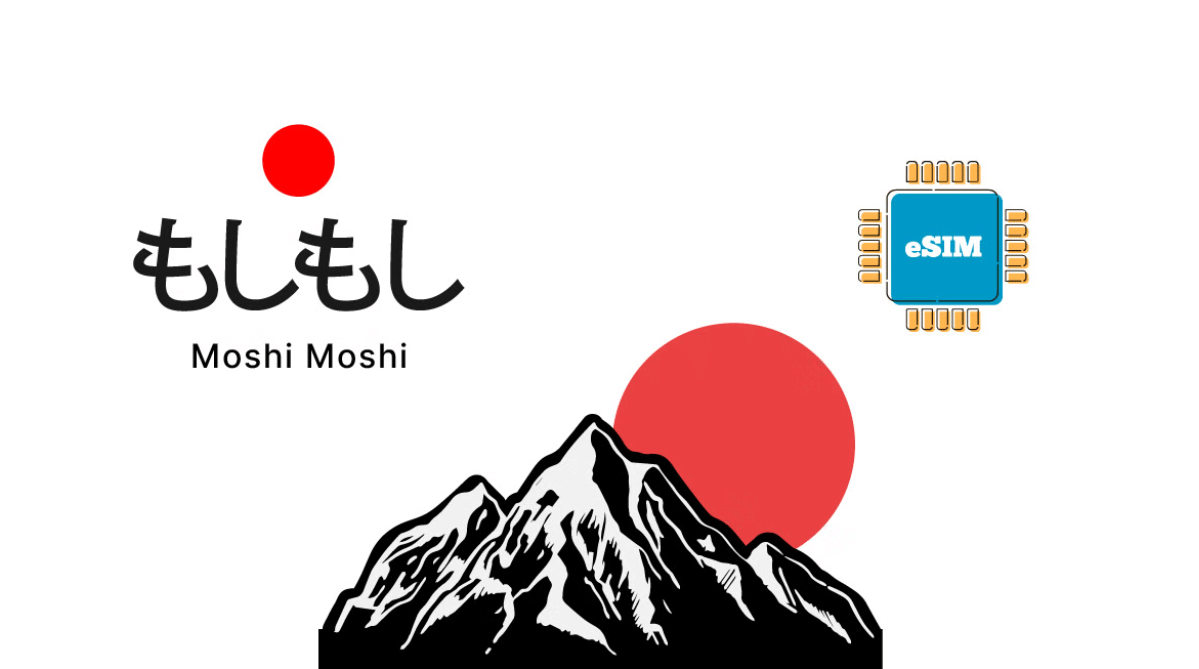
Now for the final upgrade: grab Airalo’s Japan eSIM. It keeps your OTPs, QR codes, maps, and translations running the moment you land.
No Wi-Fi hunts or SIM shops. Just land connected and hit the ground running.
FAQs
Can I apply 3 months before my trip?
Yes. You can apply within approximately three months of your intended entry date, which is the standard window for short-stay visas. It’s smart to file early in that period, as peak seasons and public holidays can slow down processing, and you’ll want time to respond if the mission requests additional documents.
Do children need separate applications?
They do. Each child requires a completed application form, a valid passport, and a recent photo, along with supporting documents such as birth certificates and consent letters, as applicable. Parents or legal guardians submit on their behalf at the correct VFS centre for their jurisdiction.
What if my itinerary changes after I submit it?
Small tweaks are fine as long as your purpose, stay length, and funding remain consistent. If plans change materially, update your bookings and be prepared to present the revised details at the VFS counter if requested, and again at the border. Keep confirmation emails and a clear day-by-day outline to avoid confusion.
Can I convert a tourist visa to a work or student visa while I am in Japan?
No. Short-stay visitors cannot convert to work or student status inside Japan. If your plans change, you must return home and apply for the correct status from the beginning, using the required documentation and Certificate of Eligibility for that category.
What happens if my application is refused?
You’ll be notified of the outcome, but reasons may not be detailed. Reflect on likely gaps, such as weak financials or an unclear itinerary, and reapply only when your circumstances have meaningfully improved. Submit more substantial evidence, ensure the jurisdiction is a good fit, and remember that fees are not refunded once processing has begun.
What documents are needed for a Japanese visa?
You will need to prepare a valid passport, a recent 45×35 mm photo, and a completed visa application form with details that match those on your passport. Provide proof of travel, including return flights and accommodation, along with an itinerary that outlines a sensible daily plan. Include recent bank statements to demonstrate funds, and attach purpose-specific papers like an invitation letter for private visits or business correspondence for meetings. Keep everything consistent, legible, and up to date, and you make the officer’s job easy.
How much bank balance is required for a Japan visa from India?
There is no fixed minimum printed in the rules. You must demonstrate that you can comfortably afford the trip, which means providing recent bank statements with healthy, explained balances, steady income proof such as salary slips or tax returns, and a trip plan that aligns with your spending. Prepaid hotels and flights help because they reduce projected costs. If a sponsor will support you, please provide their financial information and the correct invitation or guarantee documents. Think sufficiency, clarity, and consistency rather than chasing a magic number.




